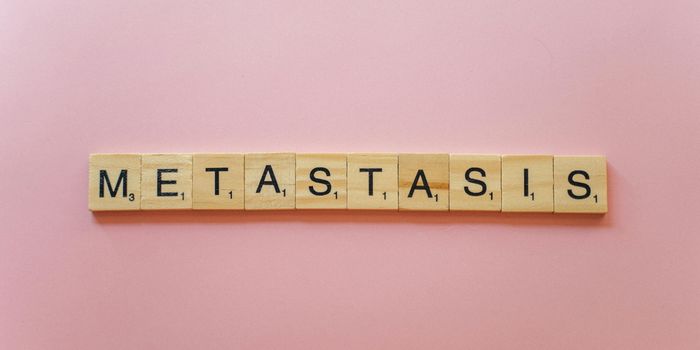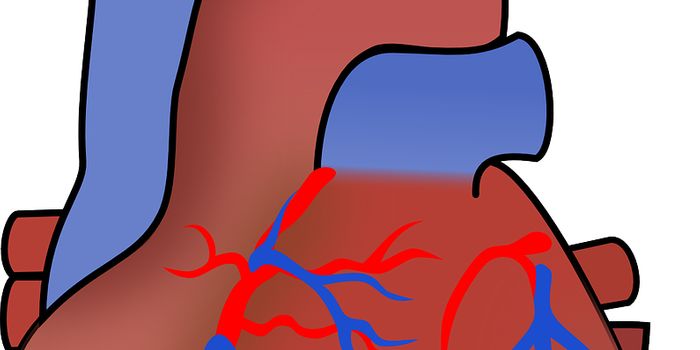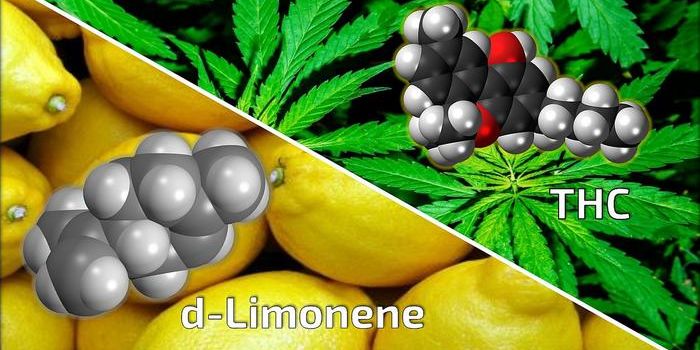Ever wonder how the money raised by the Ice Bucket Challenge for ALS was used? Among other things, the money helped fund a group of researchers at Oregon State University who tested a new treatment in a mouse model of Lou Gehrig’s disease. The treatment, they
reported, successfully halted neurodegeneration in the mice, allowing them to live significantly longer.
Known formally as amyotrophic lateral sclerosis (ALS), Lou Gehrig's disease is a fatal condition caused by the gradual breakdown and death of motor neurons in the spinal cord. All muscles under voluntary control are affected, causing muscle weakness and severe impairments in daily functions. There is no known cure and most ALS patients die from respiratory failure within 3 to 5 years from the onset of symptoms.
Mutations in the
SOD1 gene has been linked to about 20% the inherited cases of ALS. The gene
SOD1 encodes the enzyme superoxide dismutase 1, which has to be stabilized by a copper metal co-factor in order to function properly. In ALS, the
SOD1 protein lacks copper and adopts a toxic folding structure that kills motor neurons.
To correct
SOD1’s needs for its proper metal co-factor, scientists at Oregon State University (OSU) turned to a chemical agent known as copper-ATSM. Already in clinical use for other purposes, copper-ATSM can cross the blood-brain barrier to the deliver copper to the cells in the brain and spinal cord in just minutes. In addition, the compound has low toxicity and the body can easily flush out any excess.
Led by Dr. Joseph Beckman, professor of biochemistry and biophysics in the College of Science at OSU, the team used copper-ATSM to treat mice genetically engineered to model human ALS. These mice over express the mutant SOD1 protein and also carry the human gene CCS (Copper-Chaperone-for-SOD). The combination of mutations causes the mice to develop ALS symptoms and rapidly die within two weeks without treatment.
The researchers found that copper-ATSM prolonged the lifespan of these mice by as much as 500 days, a record that’s never been achieved before. Other treatments in the past 20 years of ALS research have only added weeks to the ALS mice lifespan. The research was published in the journal
Neurobiology of Disease.
When treatment was started and stopped, the mice showed ALS symptoms within 2 months and died within another month. When treatment was resumed, the ALS symptoms subsided and the mice lived for another 6-12 months. This shows that the motor neuron disease can be restarted and stopped with the control of the copper-ATSM treatment.
Of note, the authors stress that this new treatment is not the same as taking copper supplements. The body’s central nervous system has a tight regulation on copper uptake, and moderate doses of copper, improperly delivered, can be extremely toxic.
The success of the new treatment in ALS mice is truly remarkable. Showing effectiveness in mice is an important first step in moving to human trials, which Beckman plans to do very soon.
We are shocked at how well this treatment can stop the progression of ALS. We want people to understand that we are moving to human trials as quickly as we can. – Joseph Beckman, lead study author.
Additional source:
Science Daily


















































